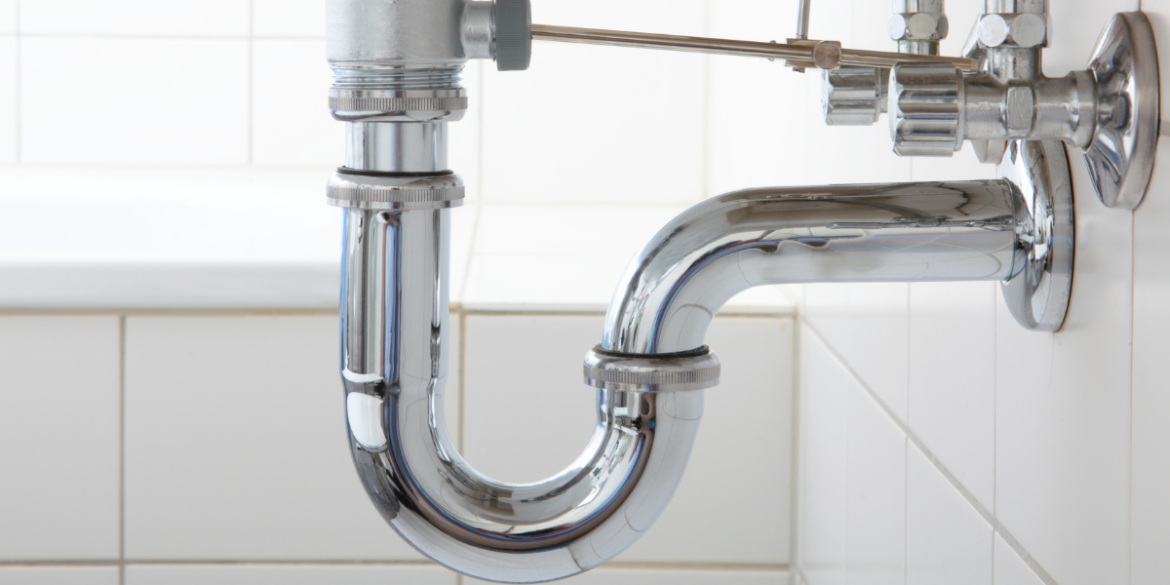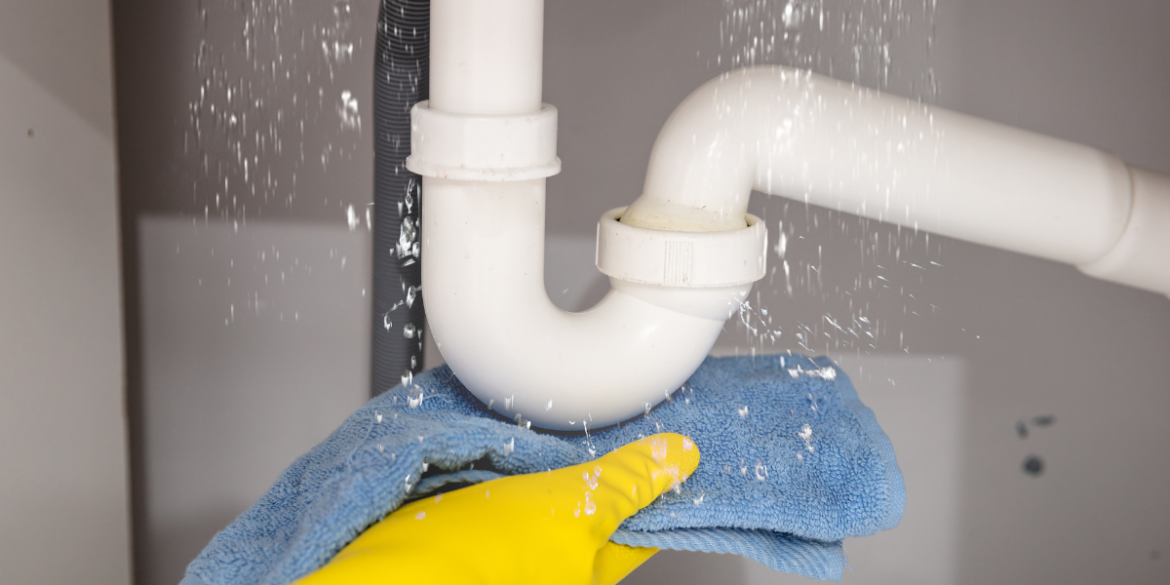Cleaning
How to Fix a P Trap Smell | Expert Tips
Meta Description: Learn how to identify and fix the source of that unpleasant smell from your plumbing with this comprehensive guide! Get expert advice as you tackle this odor-eliminating task.
If you’ve ever had bad smells coming from your sink or garbage disposal, it may well be that you have a P Trap problem that you didn’t know about. Today, we discuss what causes a P Trap smell and what we can do to rectify the situation.

What is the P trap, and Why do You Need it?
Under all sinks and bathtubs, there is a U-shaped trap called a P Trap. Its job is to hold a small amount of water in the bend, which acts as a barrier, so any smelly sewer gases can’t come back up the plumbing system and into your home.
Alexander Calming invented this system in Britain in 1775. In those days, it was called the S curve. Then, over a hundred years later, Thomas Crapper modified it to become a U-bend. They both work as traps by trapping water in the pipe’s bend to prevent the sewer line’s fumes from getting into your home through your drains. If it weren’t for this P trap, your house would always smell like a toilet.
So the P trap has been around for over 250 years. If you understand how it works and how the general plumbing around your house operates, it will help you troubleshoot all kinds of issues regarding sink and P Trap smells.
This post contains affiliate links, and The Organizer UK may earn commissions for purchases made through the links in this post. For more details, see here. Thank you so much for your support!
What is a P Trap?

The P Trap is commonly named because it looks like the letter P on its side. In plumbing, a trap is a U-shaped portion of pipe that traps liquid and gas to prevent a backflow of sewer odors from entering the home while still allowing waste materials to pass through.
As you use your drain, water flows into the trap, forcing the existing water into the sewer system and refilling the P Trap.
Is your P Trap working properly?
If you encounter a constant bad odor in a room with a drain, the water in your trap has probably evaporated and broken the barrier, allowing foul-smelling sewer smells into your home.
Sometimes, if your drain smells, you can fix it by pouring hot, soapy water into it, and the p-trap smell disappears almost immediately. It may have been something as simple as a piece of rotting food that needed flushing.
However, if you hear a gurgling sound when you use a sink, this is a more severe problem.
What causes a dry P Trap?
If the water in your P trap has evaporated, it could be down to a few problems:
- Evaporation. If you have a drain that isn’t used often, the water inside may evaporate and sink below the recommended level (gas line). Fumes will come up through the drain, causing a toxic smell. You could install an air admittance valve like this one to prevent negative pressure and allow ventilation to stop smells. Always try to run the water through sinks and toilets in unused rooms to prevent evaporation and keep the P Trap water level up.
- Build up of hair and fibers. Hair and fibers can soak up the water in the P trap, causing it to dry out, so it’s always a good idea to use a drain brush like this one on all of your plugholes.
- Broken vacuum seal. The vacuum system inside your plumbing may have been compromised by a rodent crawling into your pipes, meaning no air is pulled through the vent. Always ensure you’ve not got a blockage in your outside pipes.
- The slope of your drain. Your drain should always slope slightly downwards. The recommended amount is about 1/4 inch for every foot of height. So, a 6-foot pipe should slope downwards by an inch and a half. The water will not drain properly if there is not enough downward slope. Ensure that you haven’t messed up the slope after you make plumbing repairs to the pipes under your sinks.
How to fix P Trap smells.
- Empty the cupboard. Get everything out of the cupboard so you have a clear area to work in, and there is nothing in there that a water leak can damage.
- Put some small buckets down. The pipework will probably release some water underneath the column when you dismantle it, so place a few small buckets to catch any water as it comes out.
- Take a photo. Always take a photo of the pipework before dismantling it so you know how to assemble it later. Another good tip is to write a number on each connection to know which two go back together when you replace them. Remember to put the rubber seals back where you’ve taken them from.
- Clean away any debris. Remove any debris inside the pipework that might absorb the water from the P Trap using a brush and soapy water.
- Add some bicarbonate of soda. If the smell is particularly potent, sprinkle some bicarbonate of soda through the pipework and allow it to sit for a while to absorb any remaining odors.
- Put everything back together. Using the photograph you took earlier, reassemble the drain.
- Leak detection. Test run some water to check that there are no leaks.

Maintaining a clean P Trap.
Prevention is always better than cure, so you should take some simple steps to control P-trap smells.
- Keep your drains and plugholes hair-free.
- Check outside pipes for signs of rodents or blockages
- Run the taps in rooms not used regularly, at least once a week, to prevent evaporation.
- Treat all drains and plugholes with a bleach solution to keep P Trap smells at bay.
✔️ You should call a plumber if you’re not confident you can fix the problem or are worried you might worsen the situation.
✔️ You should call a plumber or the landlord if you live in rented accommodation rather than trying to fix it yourself.
✔️ You should call a plumber if you have tried the above steps and still have a problem.
As always, comment below for any tips or concerns regarding your P trap.

